|
American Avocets in breeding plumage. Canon R6 with RF 100-500mm at 500mm, 1/400 sec., f/7.1, ISO 2000, +1 EV. The American Southwest is experiencing protracted drought and difficult decisions about water use, now and into the future. However, we do get rain! We enjoy a summer monsoon season with (we hope) frequent afternoon thunder storms, as well as winter storms that come into Arizona from California and occasionally from Mexico. The storms that have recently drenched California and the Sierra Nevada have made their way inland, and provided much needed rain to the desert valleys, and lots of snow in the Catalinas. On February 21st the Camera Club Tucson's Trek Special Interest Group (Trek SIG) traveled to the Gilbert Riparian Preserve at Water Ranch, in the city of Gilbert, just east of Phoenix. A forecast of rainy weather did not deter the 6 hearty souls, myself included, who got up before sunrise to arrive at the preserve at 8 am. We had about an hour of drizzly overcast, and were able to visit with the local birds on and off of the ponds as they got breakfast. Fortunately we had almost no wind. Here are 4 species that characterized the morning. Let's start with the Neotropic Cormorant. Neotropic CormorantCanon R6 with RF 100-500mm at 428mm, 1/400 sec., f/6.3, ISO 1600, +1 EV. The preserve has 7 ponds and a small lake, in addition to a library on the grounds, picnic ramadas and rest rooms. The ponds are part of an extensive water reclamation process for all the waste water from Gilbert, and provide a wonderful riparian environment for local and migrating birds, especially water birds, be they waders, dabblers or divers. Neotropic Cormorants are water birds in the Order Suliformes, Family Phalacrocoracidae, along with other cormorants. They are non-migratory, living from the southern U.S. further south into Mexico and all of South America. Based on my quick survey of range maps, including All About Birds and eBird, the species seems to be moving its range further north over time. The bird above was perched and resting shortly before 9 am on one of the eastern ponds. In the image below, the same bird has turned facing the camera with two compatriots to the right in the photo. Cormorants are divers and excellent underwater swimmers eating mostly fish and shrimp, as well as frogs and insect larvae. Their swimming is enabled by feathers that can get wet, losing their natural buoyancy. Floating in the water the birds sit low, at times looking like submarines, partially submerged with the head and neck being the periscope. When not in the water they are often seen drying their wings in the wind. Wet cormorants are too heavy to fly, and need to dry out before they take to the air. The paler breasts seen on these birds may indicate that they are juveniles. Canon R6 with RF 100-500mm at 428mm, 1/400 sec., f/6.3, ISO 1600, +1 EV. Black-necked StiltCanon R6 with RF 100-500mm at 500mm, 1/1000 sec., f/7.1, ISO 6400, +1 2/3 EV. Black-necked Stilts are fun birds to watch, in the water or in the air. They are wading birds in the same family as Avocets. They like shallow wetlands, eating aquatic invertebrates, small crustaceans, amphibians, snails, and tiny fish. Their range extends over North American along rivers and riparian areas. Note that their range as reported in eBird is much more extensive than the range shown in All About Birds. This bird could be wintering in Arizona, or may be breeding here as well. If you look closely in the photo above you can see rain drops beading on the bird's back. Unlike the cormorant, the stilt's feathers are quite water resistant, the result of natural oils the bird produces and structural properties of the feathers. Canon R6 with RF 100-500mm at 500mm, 1/1000 sec., f/7.1, ISO 4000, +1 2/3 EV. In the image below a Black-necked Stilt is sharing the buffet with an American Coot. Coots are plump water birds in the same family as Rails and Gallinules. Coots are common on waterways throughout North America and seem to get along well with other water birds, regardless of species. Canon R6 with RF 100-500mm at 500mm, 1/1000 sec., f/7.1, ISO 4000, +1 2/3 EV. Black-crowned Night-HeronCanon R6 with RF 100-500mm at 500mm, 1/400 sec., f/7.1, ISO 4000, +0 EV. Black-crowned Night-Herons are regulars at the preserve, and always seem to be hiding in the dense brush adjacent to the water. Like Mr. Wilson on the 90's sitcom Home Improvement, this bird makes it hard to see his whole face! Above, a heron is peaking out between the branches. Below we get a good view of the bird, but dang if a few twigs don't cover the face! Canon R6 with RF 100-500mm at 500mm, 1/2500 sec., f/9, ISO 40,000, +2/3 EV. Black-crowned Night-Herons are most active at night and at dusk foraging in the wetlands. They are social birds, breeding in colonies of stick nests usually built over water. These birds are likely breeding at the preserve. Black-crowned Night-Herons are the most widespread heron in the world. American AvocetCanon R6 with RF 100-500mm at 500mm, 1/400 sec., f/7.1, ISO 2000, +1 EV. American Avocets are long-legged waders in the same family as Black-necked Stilts. They are black and white/grey during the winter, but in breeding season sport the rusty head and neck we see here. They forage for aquatic invertebrates by swishing their slender upturned bill side to side in the water, as we see below. These birds are likely in migration; they typically nest on islands or dikes, placing the nest on the ground with little or no surrounding vegetation. These images were captured shortly after 9 am. It is clearly raining, a trend that continued . . . . . Canon R6 with RF 100-500mm at 500mm, 1/1000 sec., f/7.1, ISO 1600, +1 2/3 EV. By about 10 am the drizzles had turned to rain. Our cameras were under our coats or stuffed in plastic bags. We decided that it was too wet for photos, and the birds seemed to agree. Their morning breakfast had turned into a nap, with the ducks tucked up in balls and floating on the ponds, and everyone else hunkered down in the understory. We left for a coffee spot nearby to warm up before the ride home. An aside: In late December my wife and I took delivery of a new Subaru Solterra, Subaru's first EV manufactured along with Toyota. After the early morning drive to Gilbert, the car needed a juice boost, so we headed to a Super Walmart in the San Tan Village where I found an Electrify America Level III charger. A friend and I grabbed lunch while the car charged, and we got home! A great car for birding SE Arizona, but you do need to know where the chargers are! More on EVs and birding in coming posts! That's all for now! Our winter weather in SE Arizona continues as of this post. Rain in the valley, snow in the mountains, with more expected March 1st.
More soon. Happy Trails!
2 Comments
Deb Bauer
2/27/2023 07:20:03 am
An encouraging post of the topography and time of day you’ve observed these birds. Thanks for noting why they stand with their wings open to the sun. In Colorado (Double Crested Cormorant) while their wet and floating in the water casing the shoreline for food they simply take a nose-dive directly below to escape any perceived threats. The Neotropic Cormorant is far more beautiful, as you’ve captured their feathers here. Anticipating a charged update of your newly styled horse power.
Reply
Sharon Pairman
2/27/2023 04:03:48 pm
Thanks for very important info. I did not go because weather was precarious.
Reply
Leave a Reply. |
AuthorHenry Johnson, photographer and author of this site. For more detail, see About
Categories
All
Archives
July 2024
|
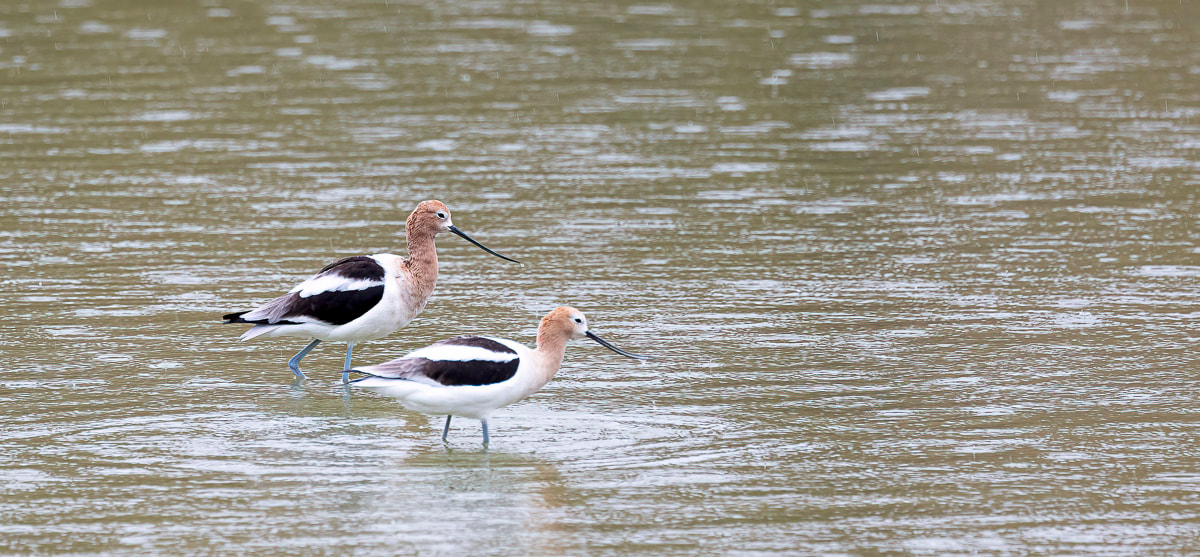
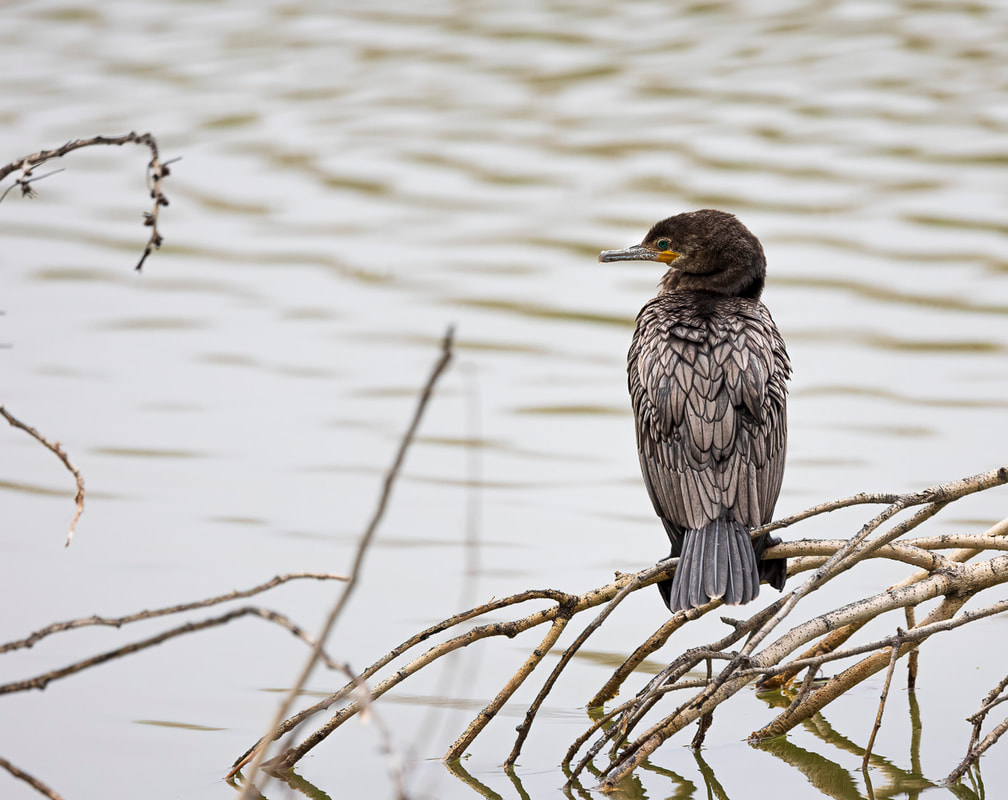
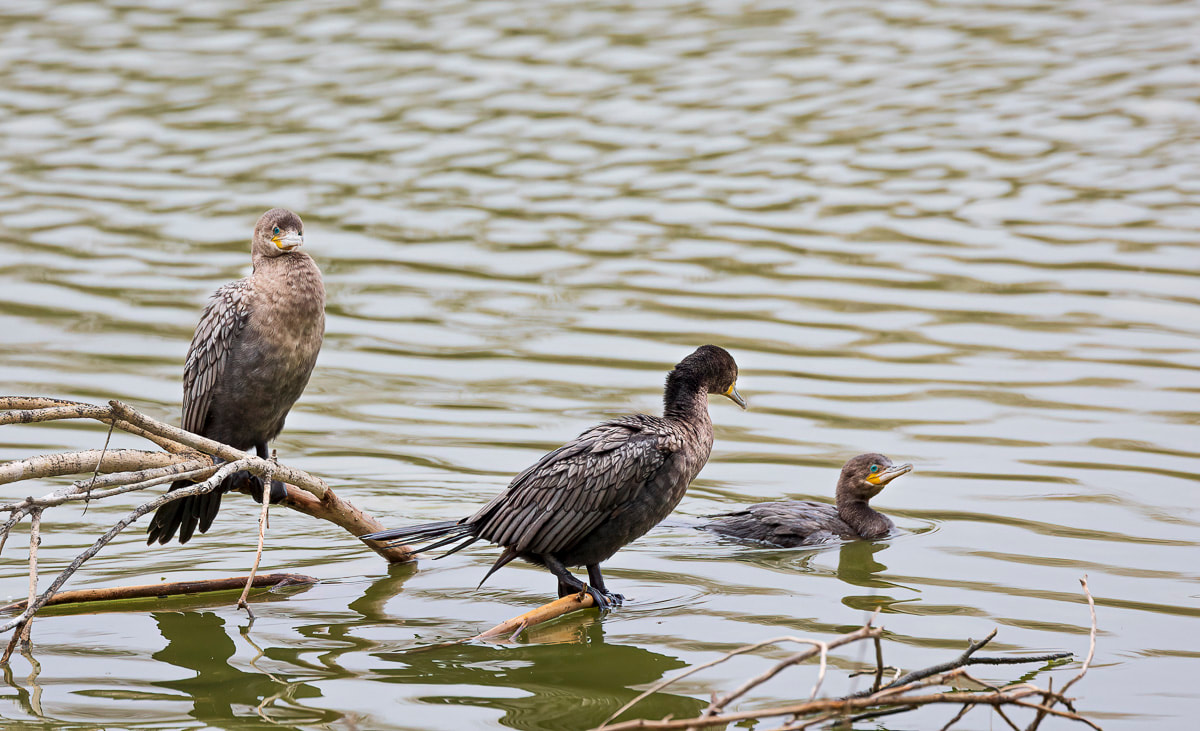
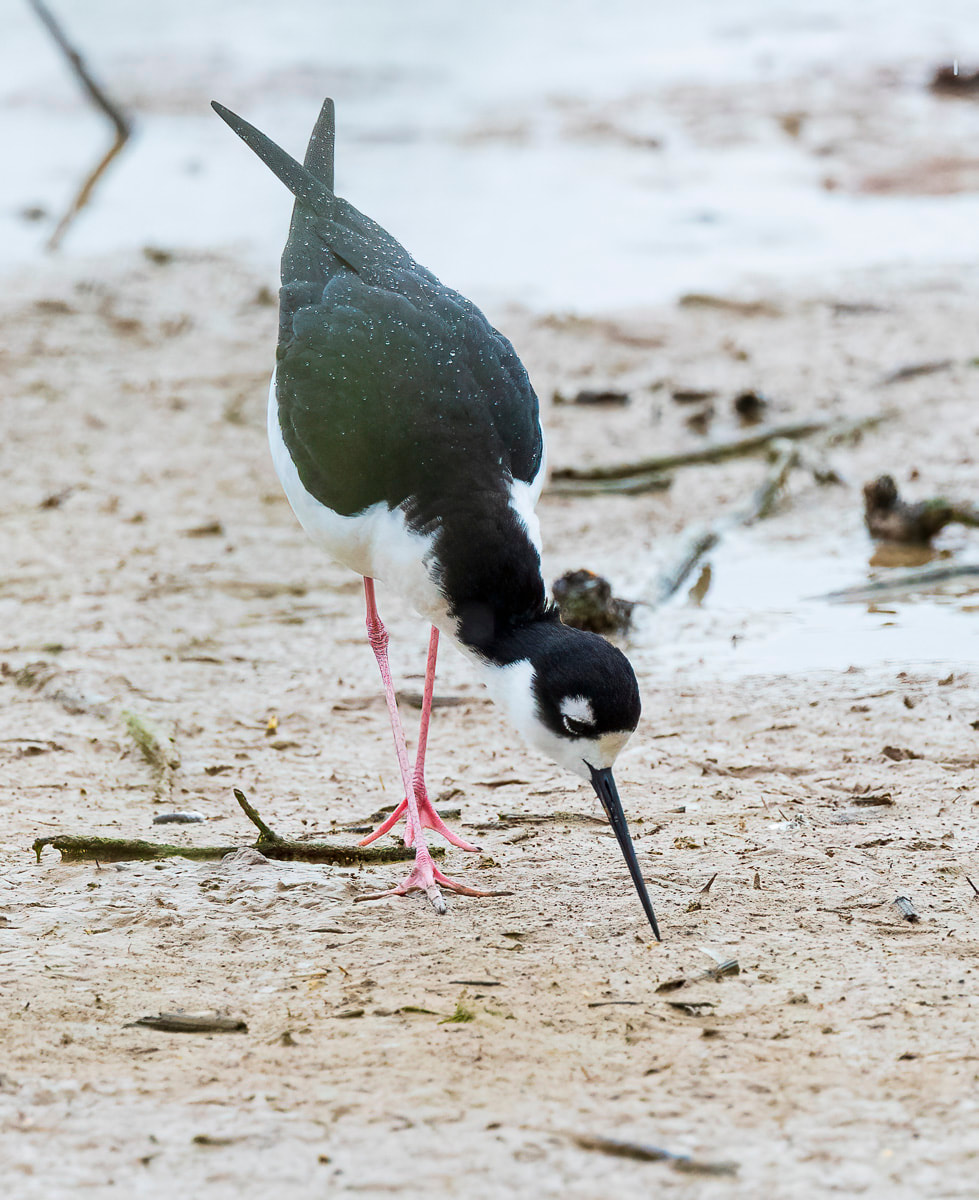
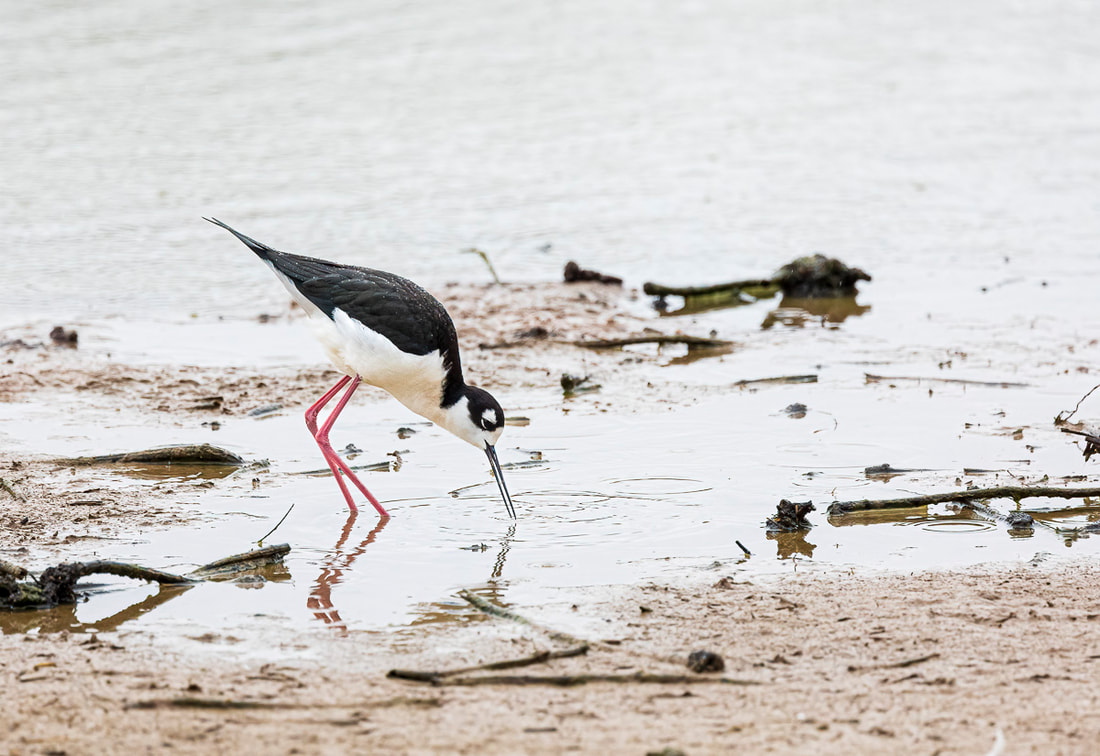
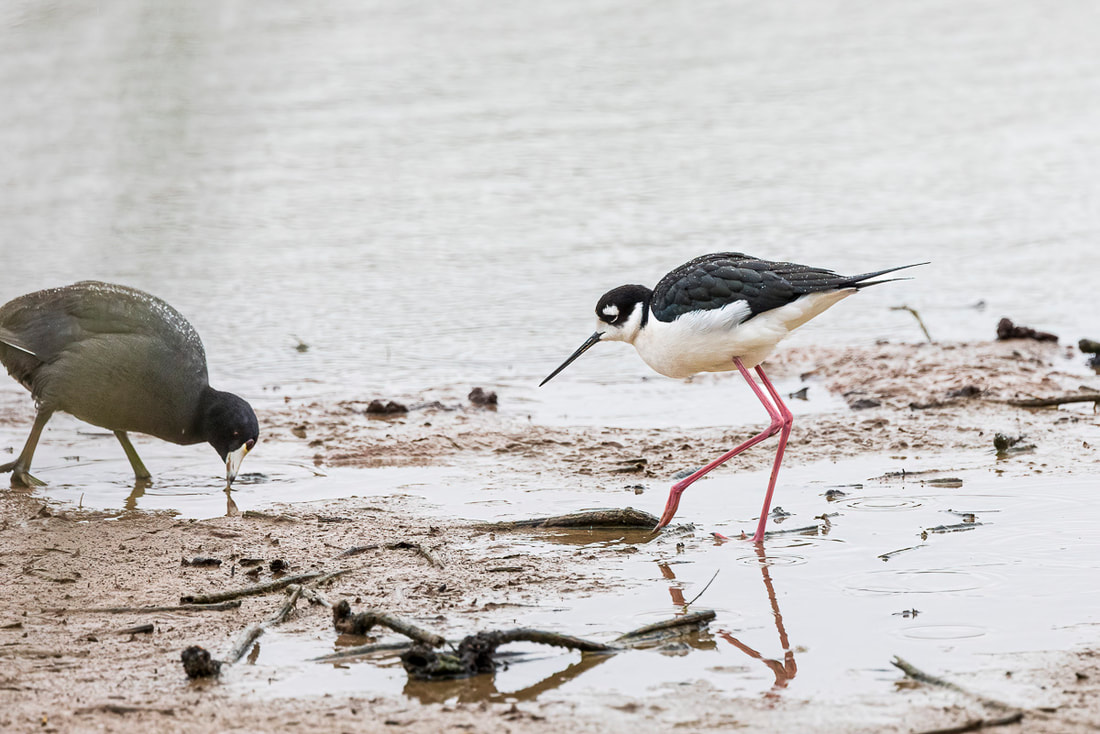
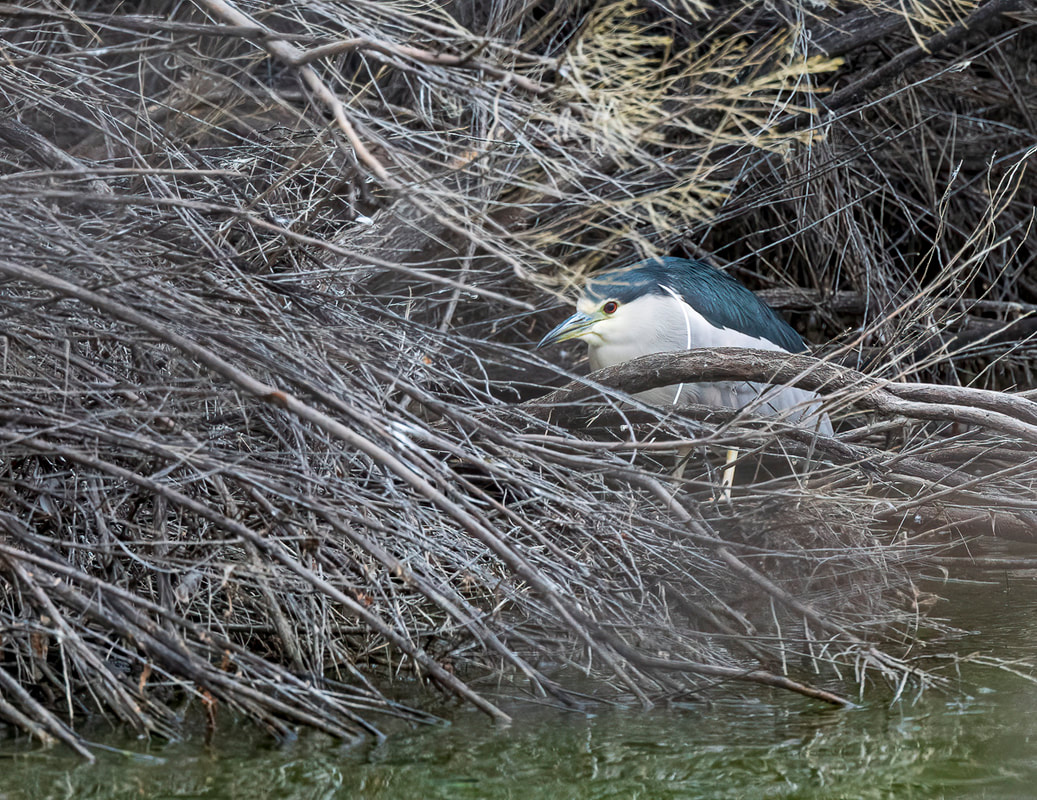
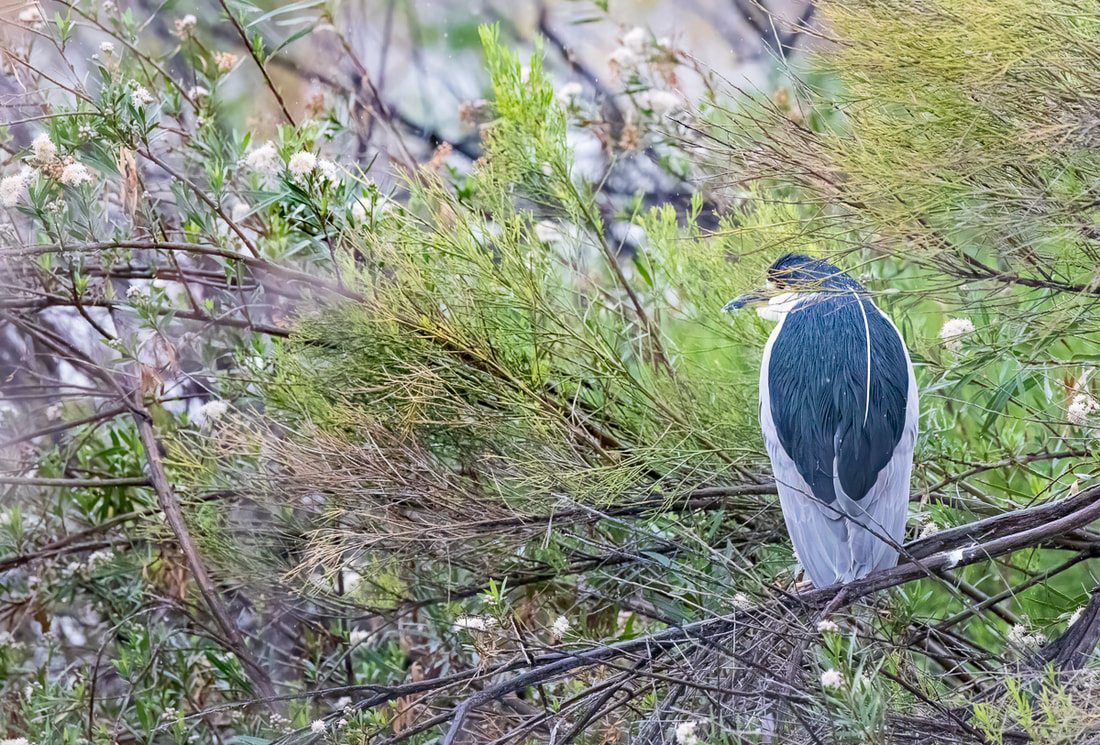
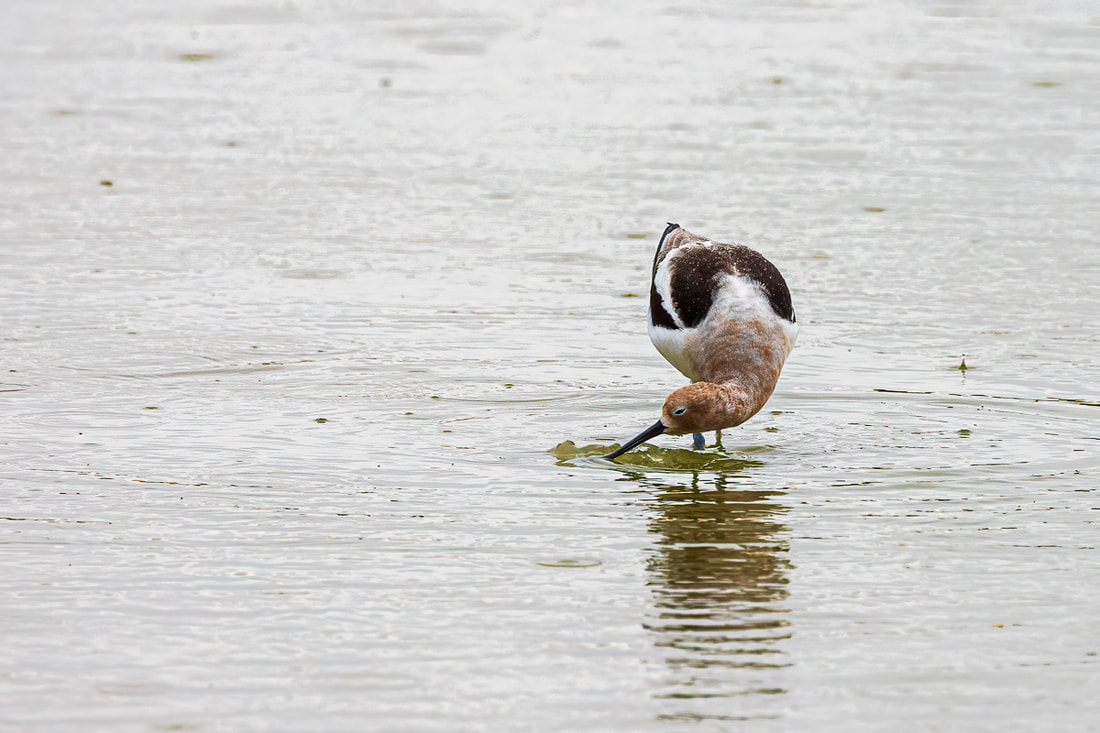
 RSS Feed
RSS Feed